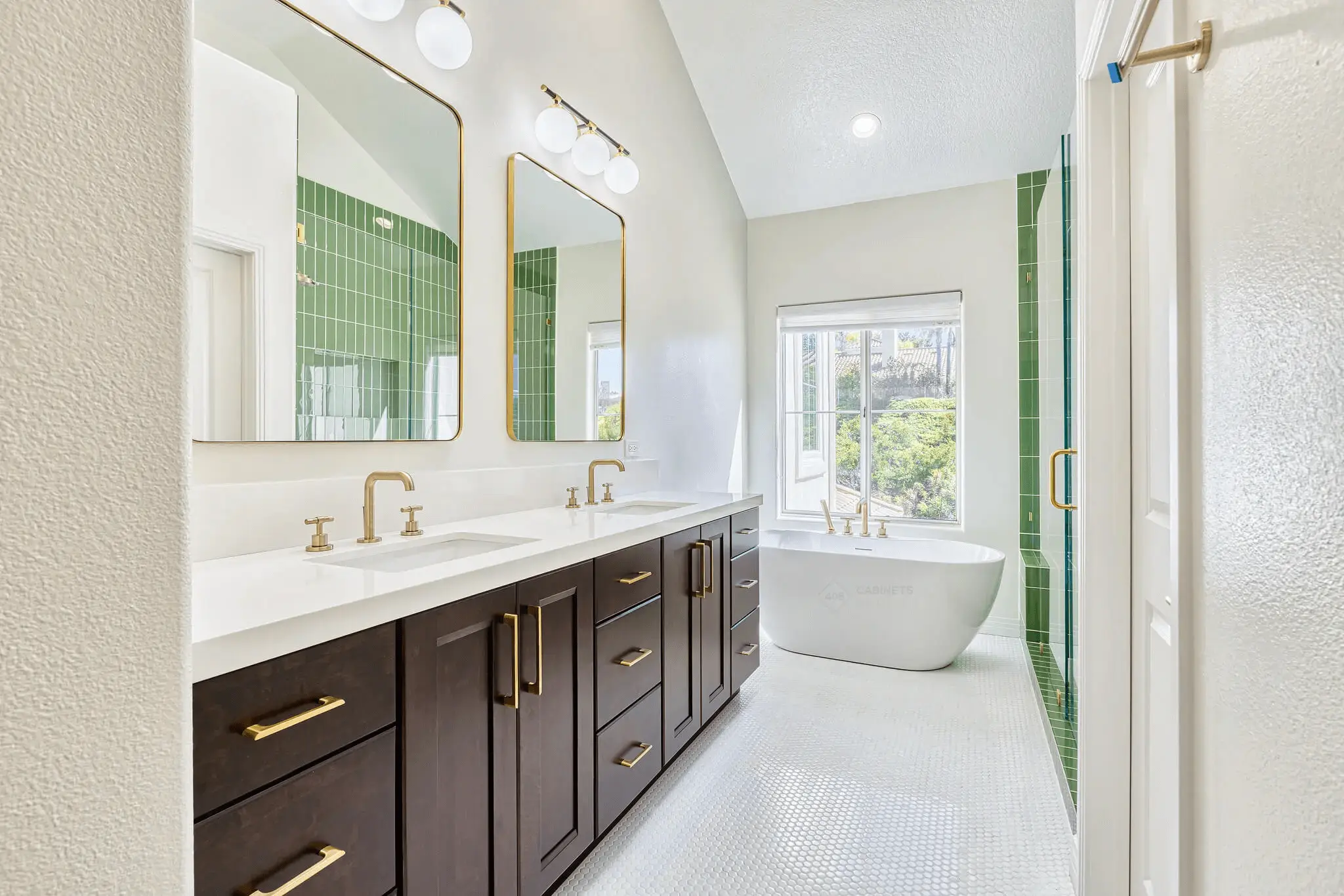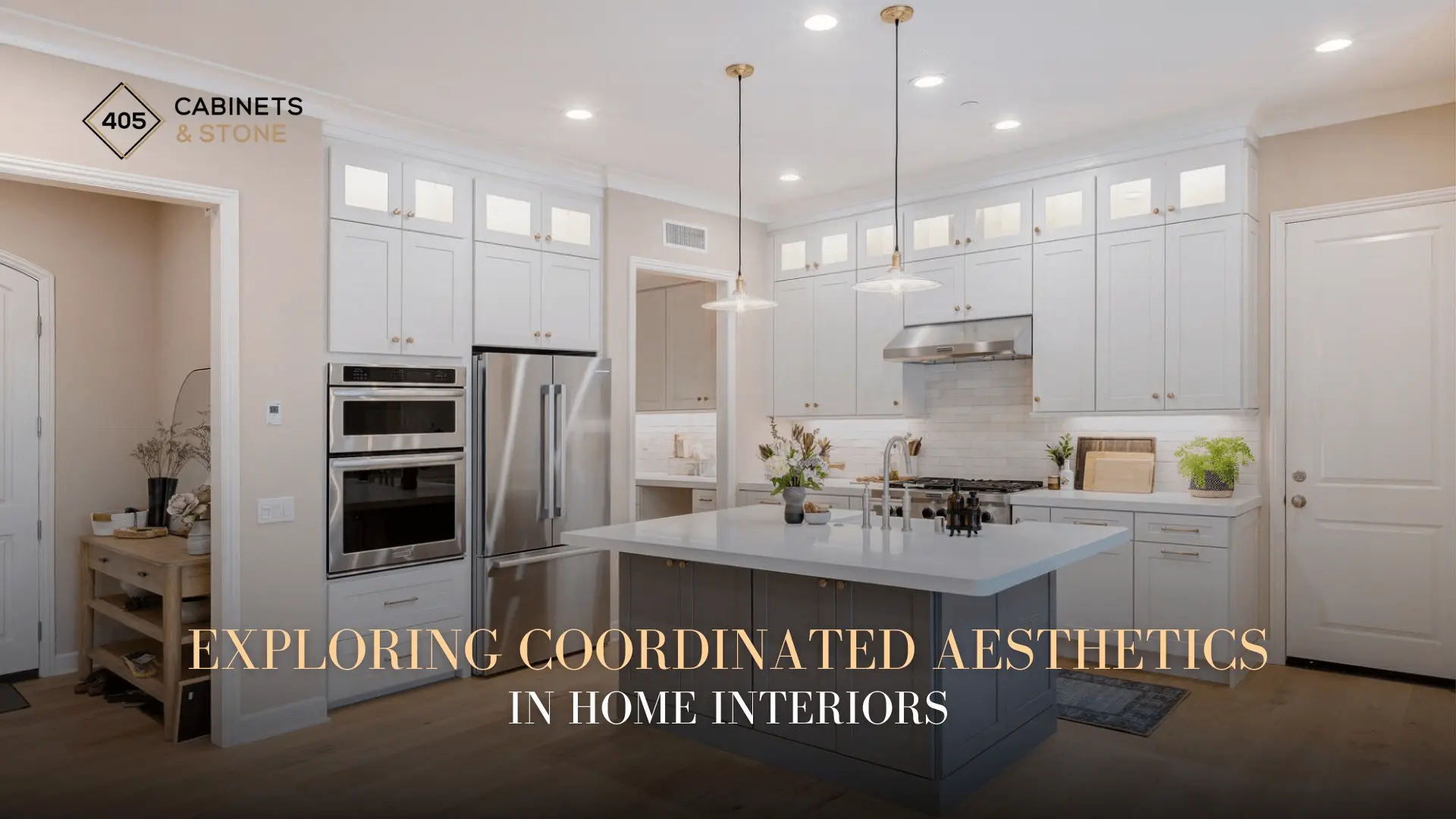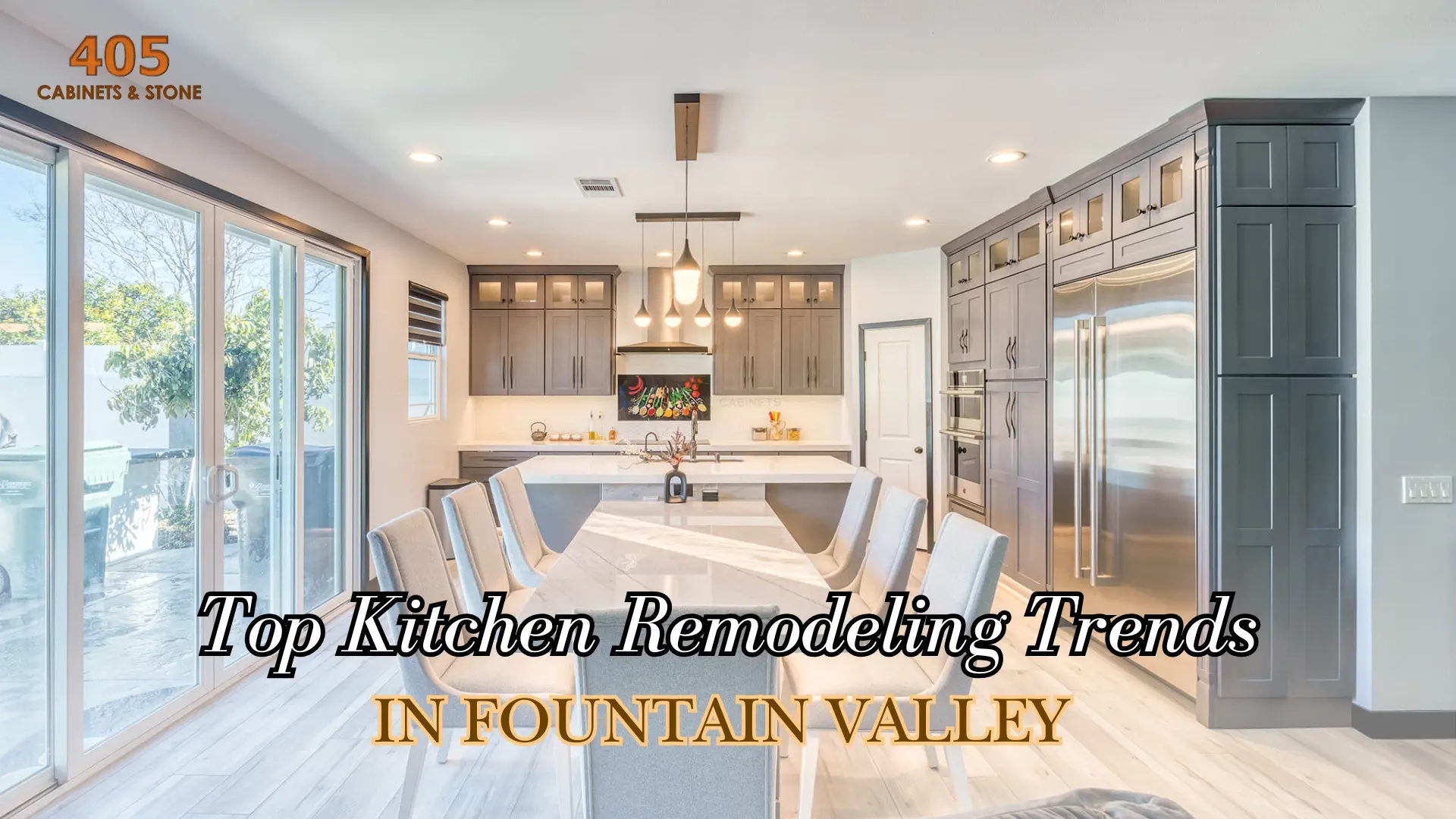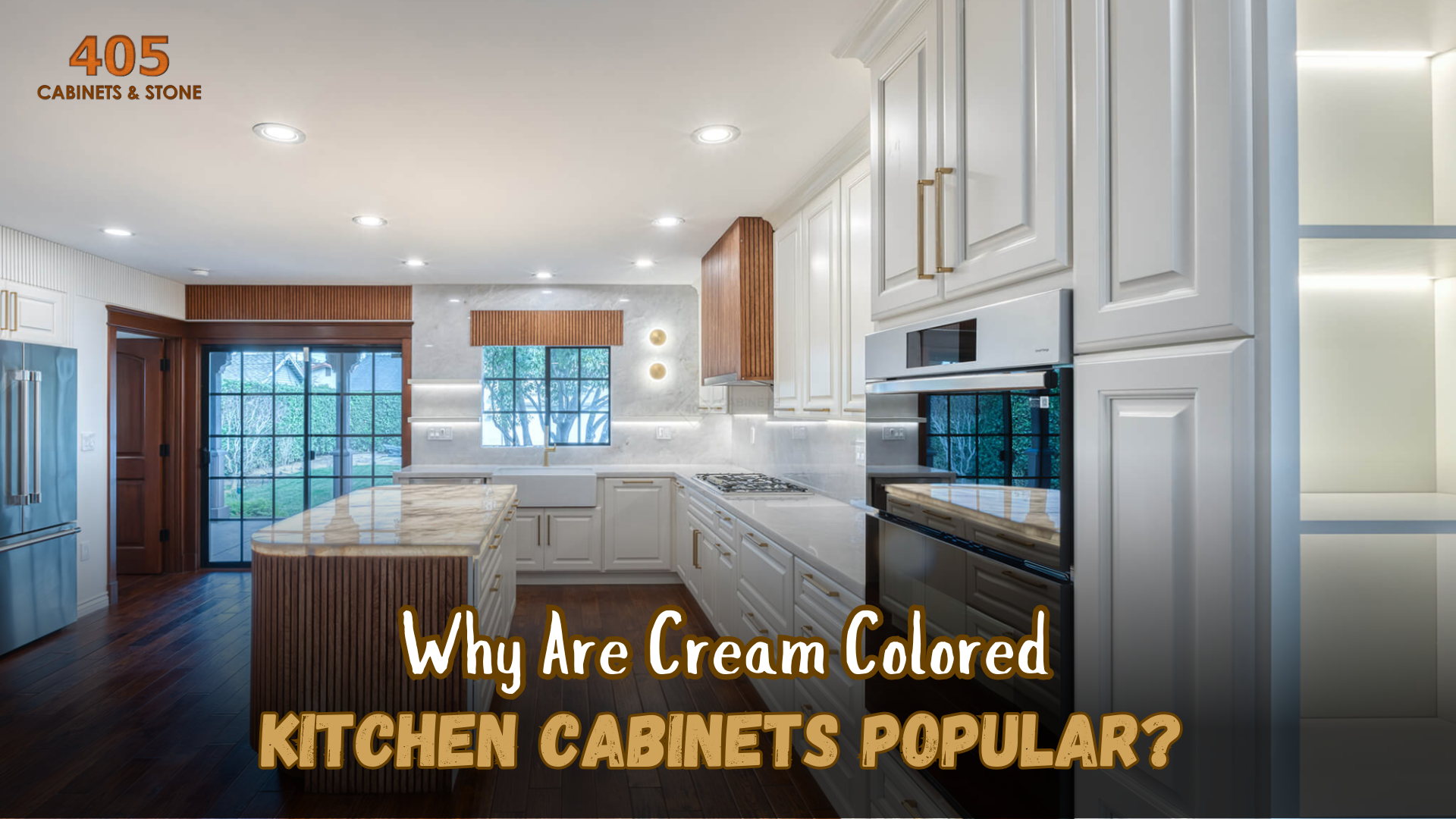In the realm of home design, achieving a harmonious and coordinated look is often a top priority for homeowners. The bathroom and kitchen, being two of the most frequently used spaces in a home, play a crucial role in defining the overall aesthetics. The question arises: Should your bathroom match your kitchen in design? Let’s delve into the concept of coordinated aesthetics in home interiors to understand the potential impact on your living space.
1. The Unity of Design Styles
Firstly, it’s essential to understand that matching doesn’t necessarily mean identical. Rather, it involves creating a cohesive visual language that connects different areas of the home. This can be achieved through various elements such as color palette, materials, finishes, and overall design theme. By incorporating similar or complementary features in both the kitchen and bathroom, you can establish a sense of continuity and flow throughout the house.
2. Consistent Color Palettes
One approach to achieving design harmony is by selecting a consistent color scheme for both spaces. This doesn’t mean using the same colors in each room, but rather choosing hues that work well together and evoke a unified mood. For instance, if your kitchen features warm tones like creamy whites and soft neutrals, you might carry these colors into the bathroom through paint, tiles, or accessories. Conversely, if you prefer a more contrasting look, you could opt for complementary colors that create visual interest while still maintaining a sense of cohesion.

3. Material Selection
Another way to establish coherence is by using similar materials and finishes in both the kitchen and bathroom. For example, if your kitchen cabinets are made of wood with a matte finish, you might consider incorporating the same wood species or finish in the bathroom vanity or shelving units. Likewise, if you’ve chosen stainless steel appliances for the kitchen, you could echo this metallic element by incorporating chrome fixtures or hardware in the bathroom. By echoing materials and finishes across different spaces, you can create a sense of rhythm and balance that ties the rooms together.
4. Theme and Style Consistency
Beyond color and materials, maintaining a consistent design theme can also contribute to overall harmony within the home. Whether you prefer modern minimalism, rustic charm, or classic elegance, carrying your chosen theme throughout various rooms can create a cohesive look and feel. For example, if your kitchen features sleek, contemporary design elements such as clean lines and minimalist decor, you might extend this aesthetic into the bathroom through sleek fixtures, geometric tiles, and streamlined accessories.
5. Personalization and Flexibility
While coordinating the design of your kitchen and bathroom can enhance the overall appeal of your home, it’s essential to strike a balance between unity and individuality. While matching elements can create a sense of continuity, incorporating unique touches and personal flair is what truly makes a space feel like home. Don’t be afraid to inject your personality into each room through artwork, textiles, or statement pieces that reflect your tastes and preferences.
Ultimately, the decision of whether your bathroom should match your kitchen comes down to personal preference and lifestyle. Some homeowners may prefer a cohesive, coordinated look throughout their home, while others may embrace eclectic style and mix different aesthetics in each room. Whichever approach you choose, the key is to create a space that feels harmonious, inviting, and reflective of your unique personality and lifestyle. After all, the most beautiful homes are those that tell a story and evoke a sense of warmth and comfort for those who inhabit them.





